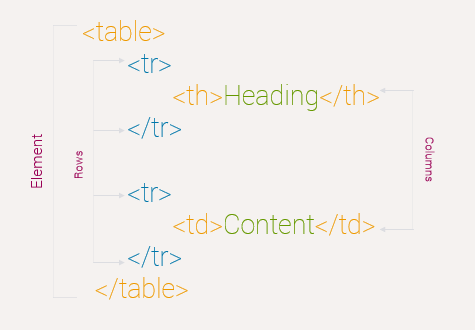SQL
WHERE Clause
WHERE clause is used to filter records, and extract only the specific data that we want in any special case.
Operators of WHERE Clause
Below are operators that could be used with where clause in SQL.
| Operator | Description |
|---|---|
| = | Equal |
| < > | Not equal its is some time is used as ! |
| > | Greater than |
| < | Less than |
| >= | Greater than or equal |
| <= | Less than or equal |
| BETWEEN | Between a certain range |
| LIKE | Search for a pattern |
| IN | To specify multiple possible values for a column |
Basic Syntax
SELECT statement can be used to select single column from a database.
Let’s assume we have a table named as customers and this table having multiple columns like customer_name, customer_address, customer_contact_no. We want to select all the data of customer the above select statement will be utilized.
SELECT column1, column2....columnN
FROM table_name
WHERE condition;
Examples
Select all the customers who belongs to Pakistan.
SELECT * FROM Customers
WHERE Country='pakistan';
Select a customer by ID.
SELECT * FROM Customers
WHERE CustomerID=20;

